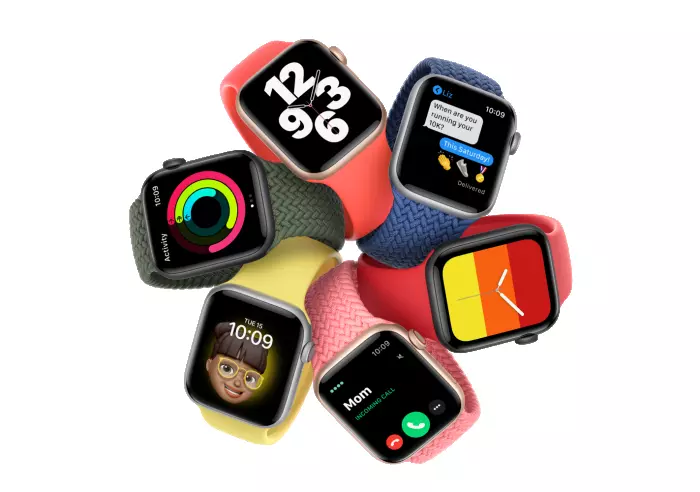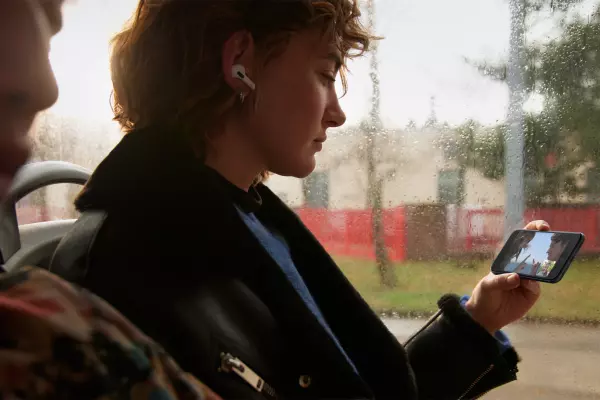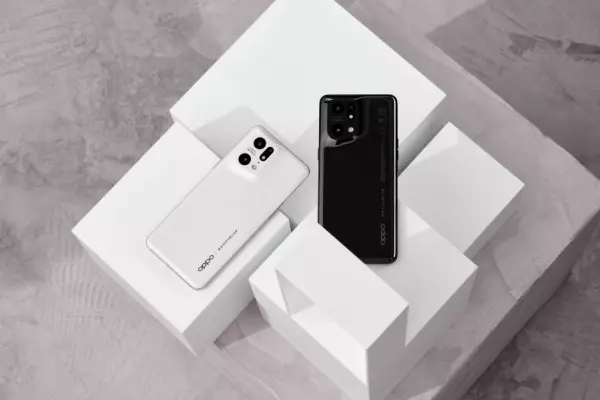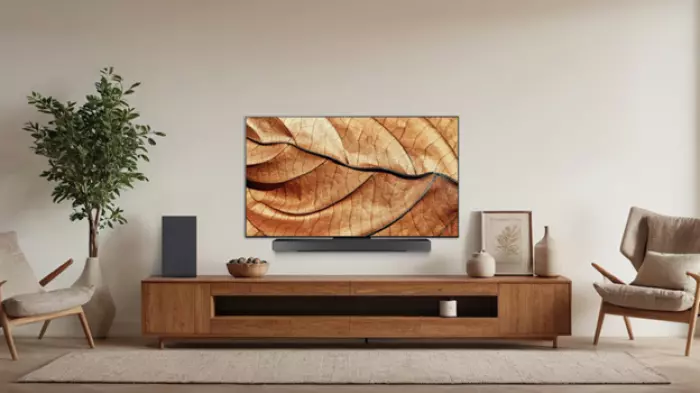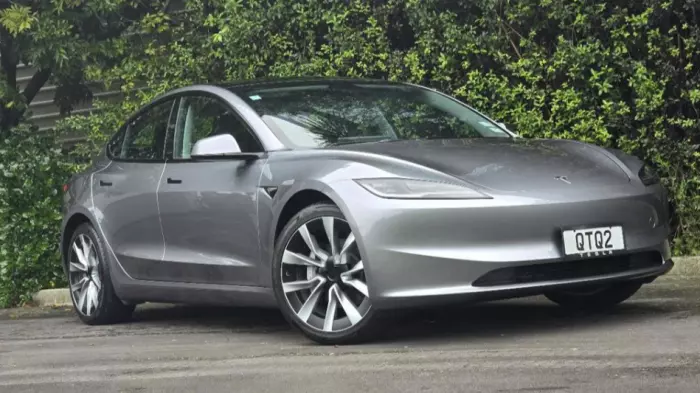When smartphones evolved and replaced traditional wristwatches as timepieces for millions of people, some companies moved quickly to adorn newly naked wrists.
None were as successful as Apple, so much so that the Apple Watch range outsold the entire Swiss watch industry last year, according to recent research.
The company has just launched the Apple Watch Series 6 and the visually identical but cheaper Apple Watch SE. I have been testing both out while also just about managing to resist the nerdy temptation to wear them at the same time. If you have an iPhone, there is no better smartwatch option for you unless you want a specialist product from a company like Garmin that will train you for a triathlon.
Sixth sense
The Series 6 (from $699) is very similar to last year’s Series 5 except for the addition of a blood-oxygen sensor. Unlike the watch’s electrocardiogram (ECG) function, which can sense potential atrial fibrillation, this feature is not approved by medical bodies and its results should be used only as a rough indication. It’s an unnecessary addition for most people.
More relatable is the brighter always-on screen. This means the Series 6 always displays the time in a low-power mode to save on battery life, and the screen turns on fully when you raise your wrist or press a button.
But these improvements are so minor that there is no reason to upgrade from a Series 5 or even a Series 4 Watch. The design of the Series 6 is indistinguishable from those versions, which is why Apple has introduced blue and red aluminium models for the first time. I can’t speak to their style as I was loaned the space-grey version to test, but I feel the new hues give the expensive Watch a less-desirable, almost cheap aesthetic.
You can spend more on an attractive, weightier stainless-steel version and the price jumps up to at least $1199, but these models also use a hardier glass, so the display will scratch less easily. If you’re going to spend more, be aware that the lifespan of an Apple Watch is about four to five years tops thanks to the usual end-of-software-support cycles.
The Apple Watch’s best features are its GPS fitness tracking, succinct notifications, and payWave compatibility. These are things countless smartwatches can do, but none do it as elegantly as the Watch, whose software design is unparalleled.
 Apple Watch Series 6 with app
Apple Watch Series 6 with app
A cheaper route in
The Apple Watch has been successful because it manages to evoke the feeling of owning a luxury watch without the price tag of a luxury watch, but it’s still expensive.
That’s why it’s slightly surprising to see the launch of the Apple Watch SE (from $479), the first to launch as a cheaper alternative alongside a new flagship model (the Apple Watch Series 3 is still on sale for around $349, but avoid it as it is from 2017 and ageing). The SE doesn’t have the always-on display, ECG, or blood-oxygen sensor of the Series 6 but for most people, the absence of those won’t be a deal breaker.
Despite the lack of ECG, it can still send you notifications about high and low heart rate and irregular heart rhythm. These are among the best features of both Apple Watches as they could be lifesaving if they alerted you to a potential health issue.
The thing I missed most when using the SE compared to the Series 6 was the always-on display, as it’s much more natural to glance at the time when the watch face is constantly lit, rather than having to physically lift my wrist to get the screen to turn on.
An array of prices and options
Minor deficiencies aside, the SE will make sense if you don’t need all the latest features and $479 is more attractive to you than $699. These prices are for the smaller 40mm versions of both, and you’ll have to add $50 to any model to get the larger 44mm offering. Your reward is a larger display and battery, but it could dwarf dainty wrists.
Adding $200 to any Series 6 or SE will get you a version with cellular connectivity. These models can be linked to your phone number and allow you to send and receive calls, texts, and all notifications over 4G if you leave your phone at home. (The regular models without cellular connectivity require a constant Bluetooth connection to your iPhone to use these functions.)
Only Spark currently supports this in New Zealand, but it is handy if you want to go out for a run or to the gym without your phone and still be contactable. You can even use Apple Music on the Watch over 4G, connected to AirPods sans phone. But, realistically, how often are you going to leave your phone at home? If you’re unsure, don’t fork out for a cellular Watch as you probably won’t use the added functionality.
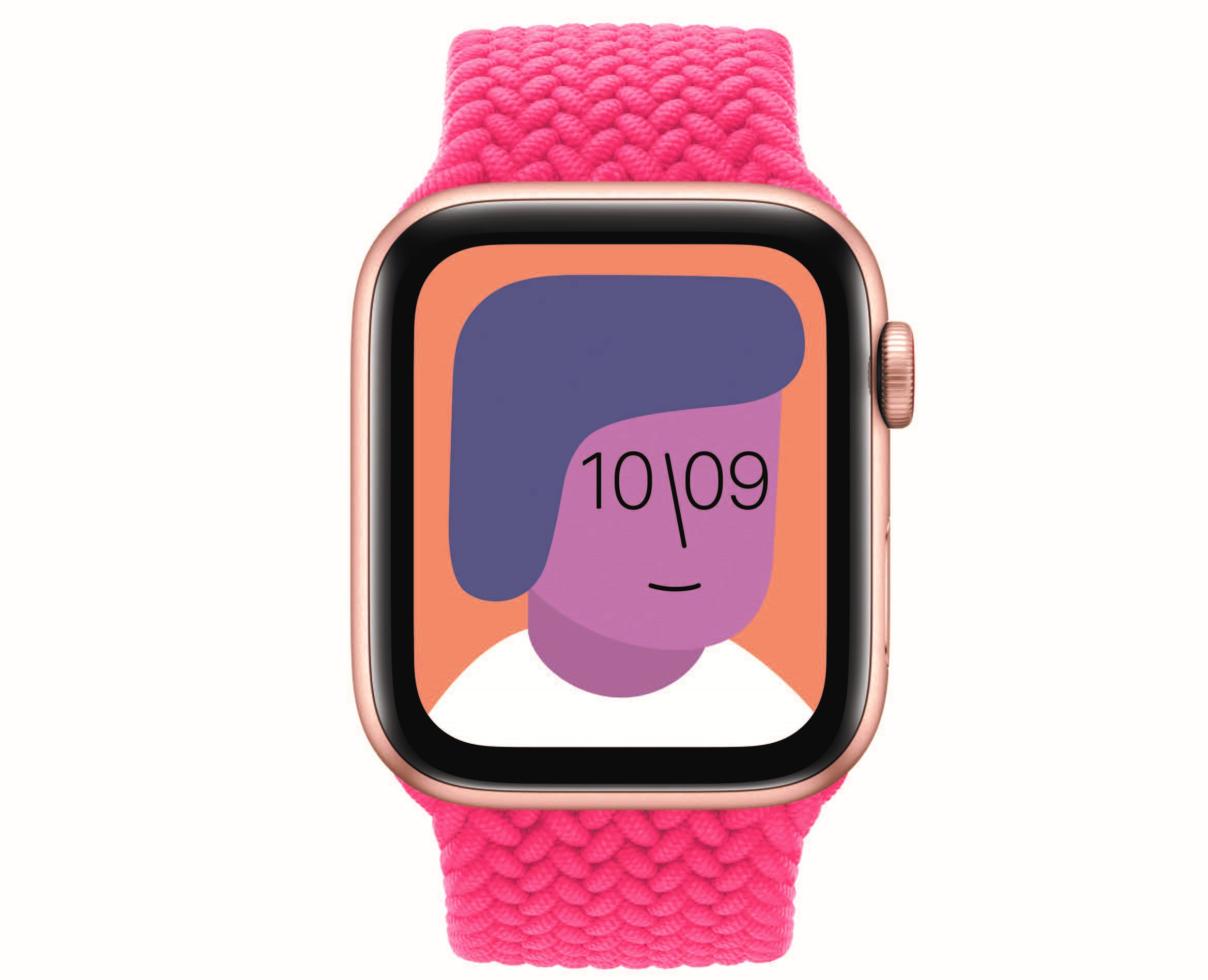 Apple Watch SE
Apple Watch SE
Time to decide
In a neat Covid-friendly touch, both Watches have a new handwashing mode that can detect when you’re cleansing and time you for 20 seconds. Just like the reminders to stand up and breathe (we all need a little help sometimes), you can turn these off and make your Watch a device personally tailored to you.
The SE is a great choice for the more-casual buyer at $220 less than the bells-and-whistles Series 6, but the latter’s always-on screen makes it more like an actual watch, and it has more health-tracking features. The downside of both is the one-day battery life, which means you’ll have to charge every night, or every morning if you want to use the sleep-tracking features.


